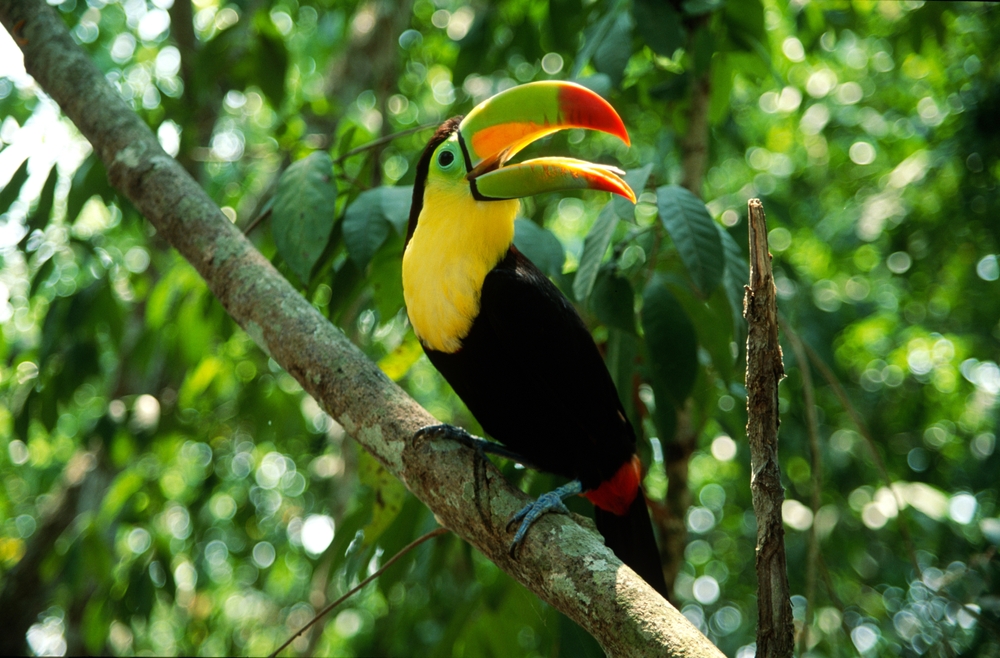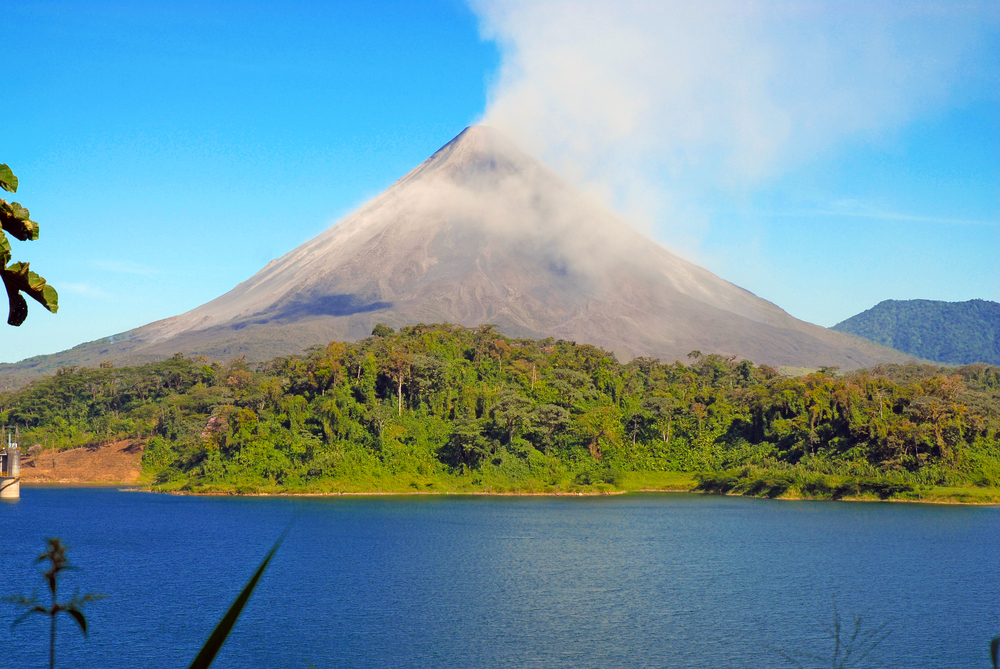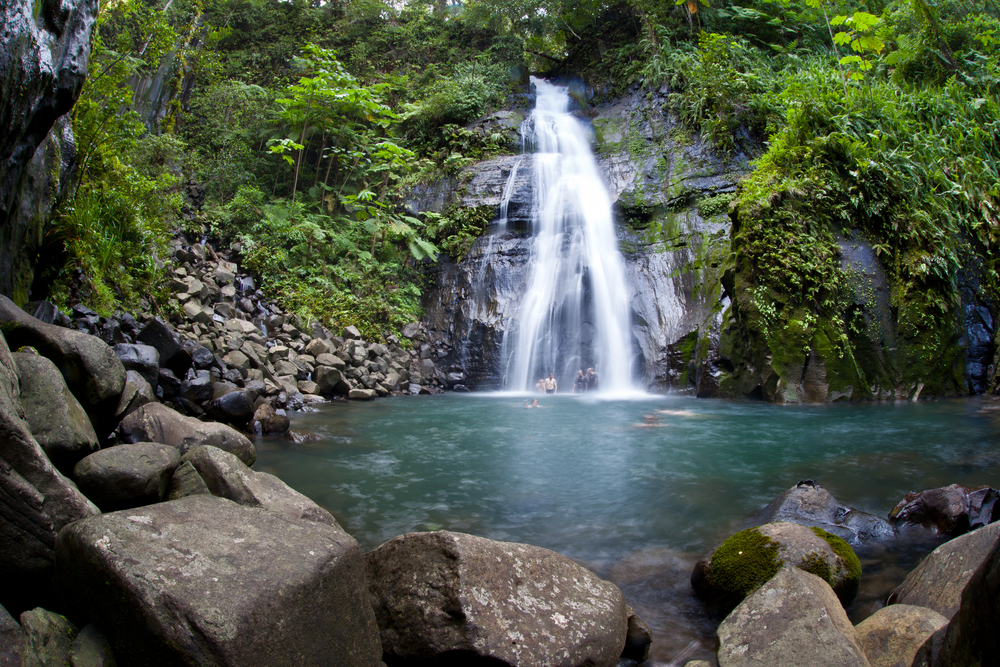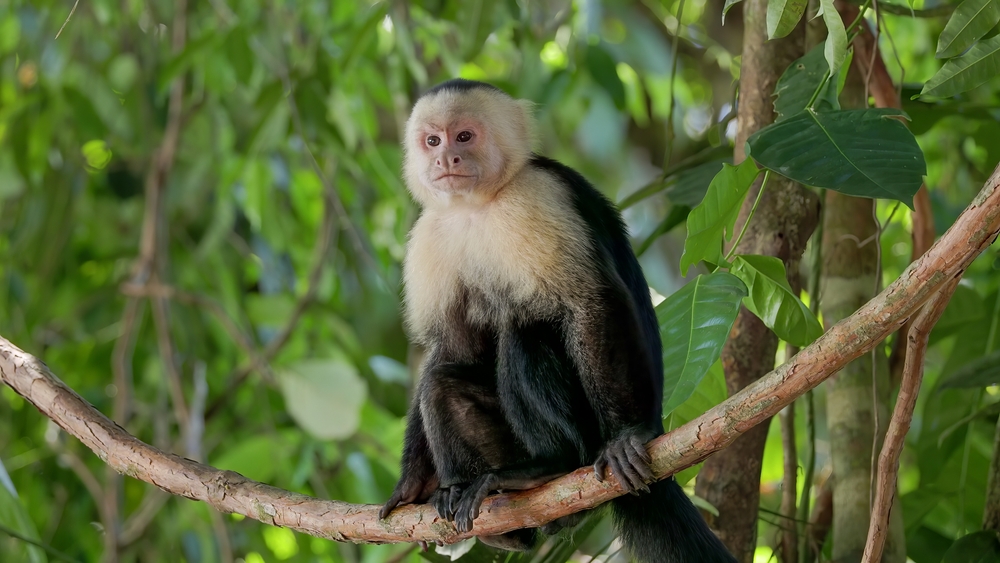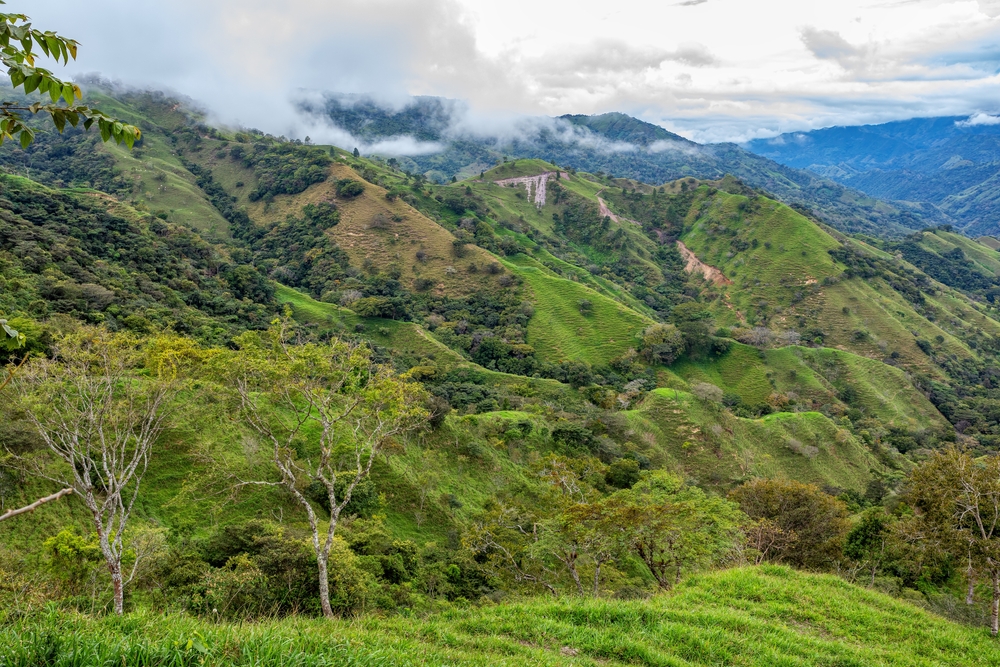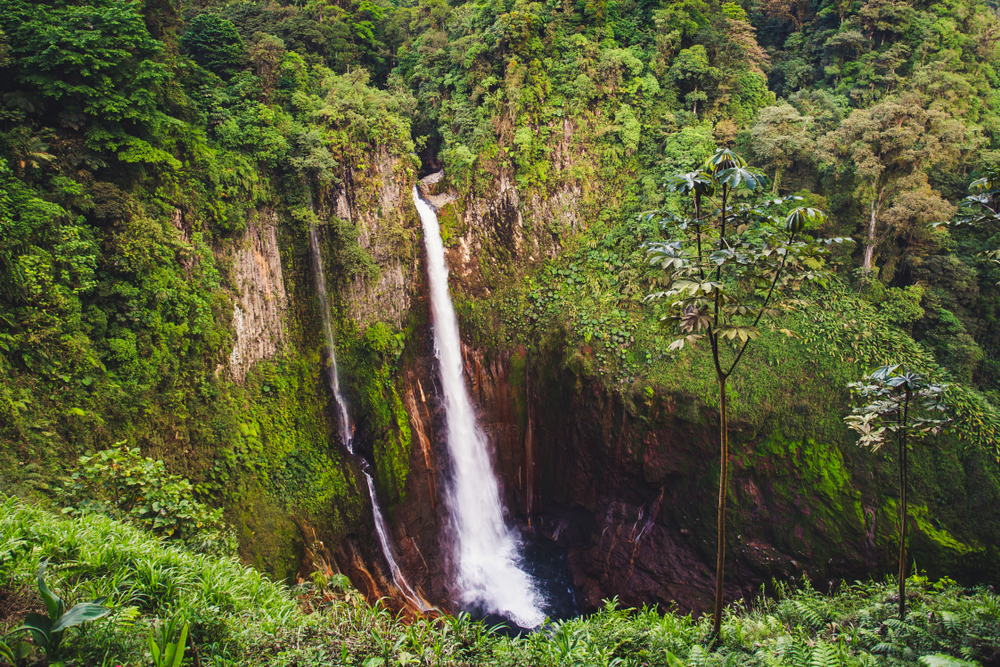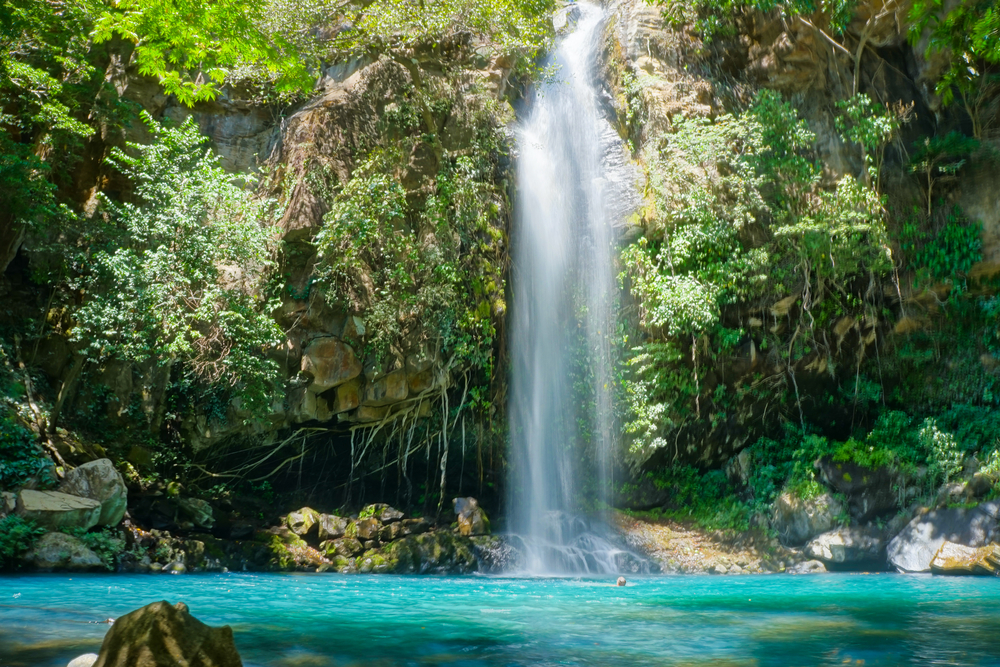Manuel Antonio Overview
Manuel Antonio National Park, known locally as Parque Nacional Manuel Antonio, is a celebrated natural haven situated on Costa Rica’s central Pacific coast in the Puntarenas Province near Quepos.
Covering approximately 3.1 square miles (8.0 square kilometers), this park is a jewel of the country’s ecological and cultural heritage. Its compact size belies the rich diversity of habitats and experiences it offers, drawing visitors from around the globe who seek both adventure and tranquility amid unspoiled nature.
The park’s terrain is an enchanting blend of lush tropical rainforest and breathtaking coastal landscapes. Verdant forests sprawl across gently sloping hills, where a dense canopy of native trees and vibrant undergrowth provides shelter to countless species.
Along its rugged coastline, pristine white sand beaches meet the clear blue waters of the Pacific Ocean, creating picturesque coves framed by rocky outcrops. Hikers can traverse a network of well-maintained trails that wind through these diverse ecosystems, passing by hidden clearings and unexpected scenic viewpoints that showcase the park’s natural splendor.
Manuel Antonio National Park is renowned for its remarkable wildlife, offering visitors a rare opportunity to encounter a variety of species in their natural habitat. The park is famously home to several species of primates, including white-faced capuchin monkeys and howler monkeys, whose lively antics add to the area’s charm.
In quieter moments, one may glimpse a languid sloth nestled among the branches or an iguana basking in the tropical sun. The avian life here is equally impressive, with vivid toucans, colorful parrots, and delicate hummingbirds flitting through the foliage, creating a living tapestry of sound and color that delights nature enthusiasts.
Among its popular features, the park’s idyllic beaches are a major draw, inviting visitors to relax on soft sands or enjoy the refreshing sea. The trails that meander through the forest not only lead to breathtaking overlooks but also offer a chance to learn about the unique flora that thrives in this tropical environment.
Guided tours and educational programs are available, allowing visitors to delve deeper into the ecological and cultural significance of the area. These experiences are carefully designed to enhance awareness of the park’s natural wonders while promoting responsible tourism practices.
Visitors engage with Manuel Antonio National Park through a variety of activities that celebrate its natural beauty and biodiversity. Ecotourism opportunities abound, from guided nature walks and birdwatching excursions to snorkeling adventures along the coast.
Kayaking through the calm waters and exploring nearby coves are also popular, giving travelers a unique perspective of the park’s coastal ecosystem. At every turn, the park encourages a respectful and immersive interaction with nature, ensuring that the intrinsic beauty of the landscape is experienced in its most authentic form.
The park’s management faces conservation challenges such as the pressures of mass tourism and the potential impacts of coastal development. Despite these hurdles, robust conservation measures have been implemented to protect the delicate ecosystems.
Collaborative efforts between local communities, researchers, and environmental organizations have led to successful initiatives in habitat preservation and environmental education, ensuring that the park remains a sustainable sanctuary for both wildlife and visitors alike.
Manuel Antonio National Park continues to be a testament to Costa Rica’s commitment to conserving natural beauty while offering enriching experiences that connect people with nature.








































































